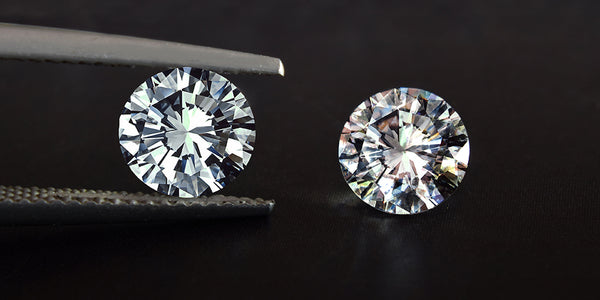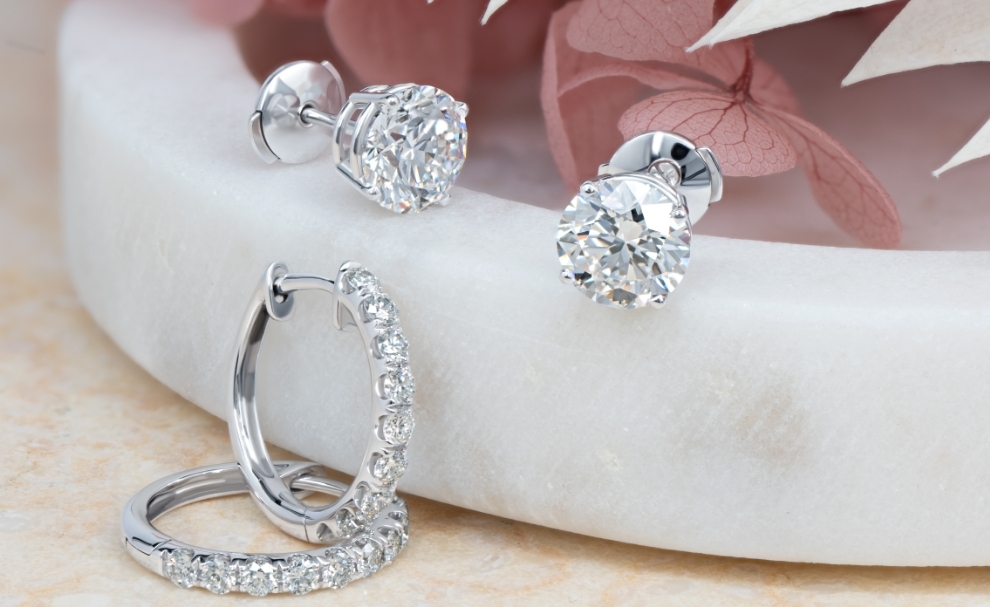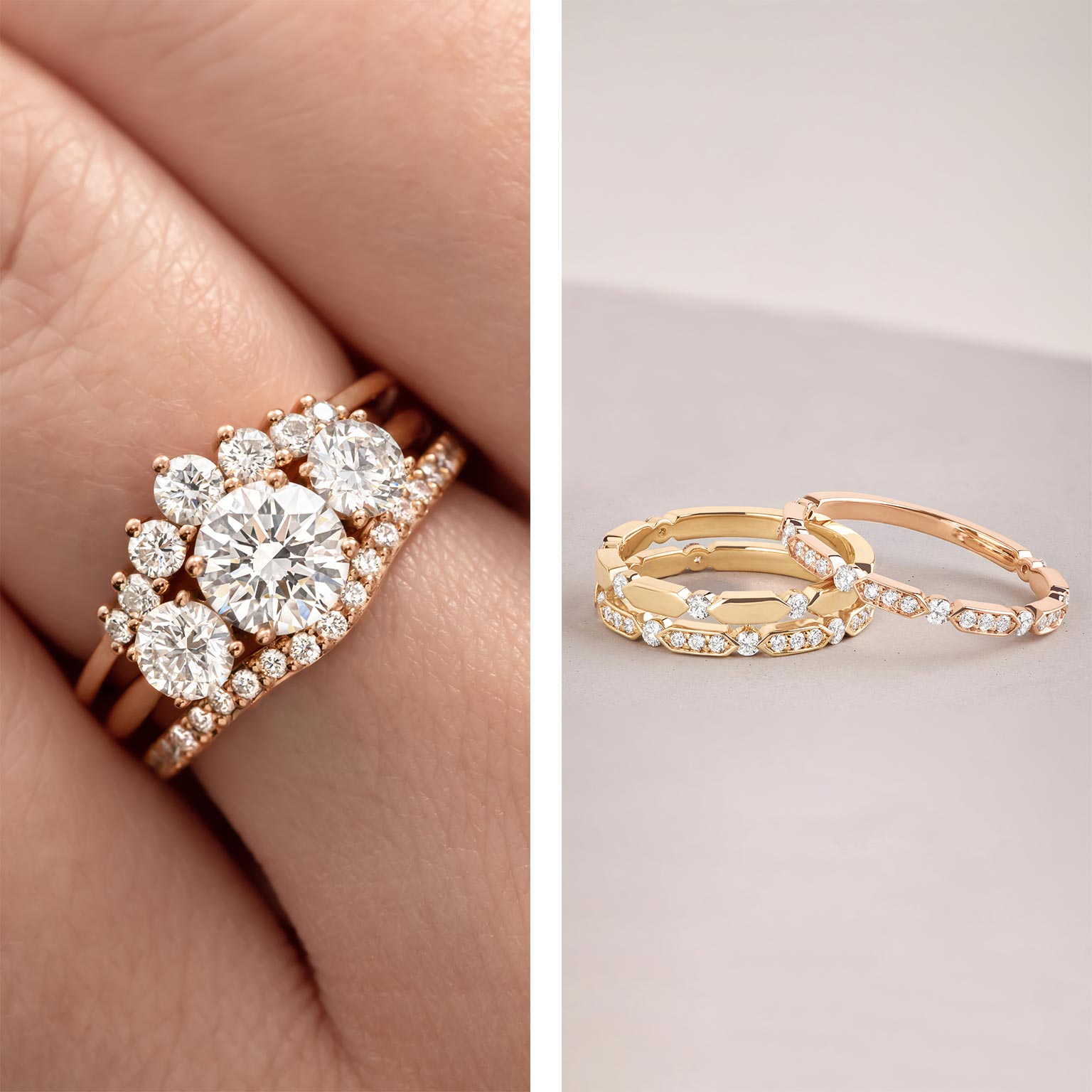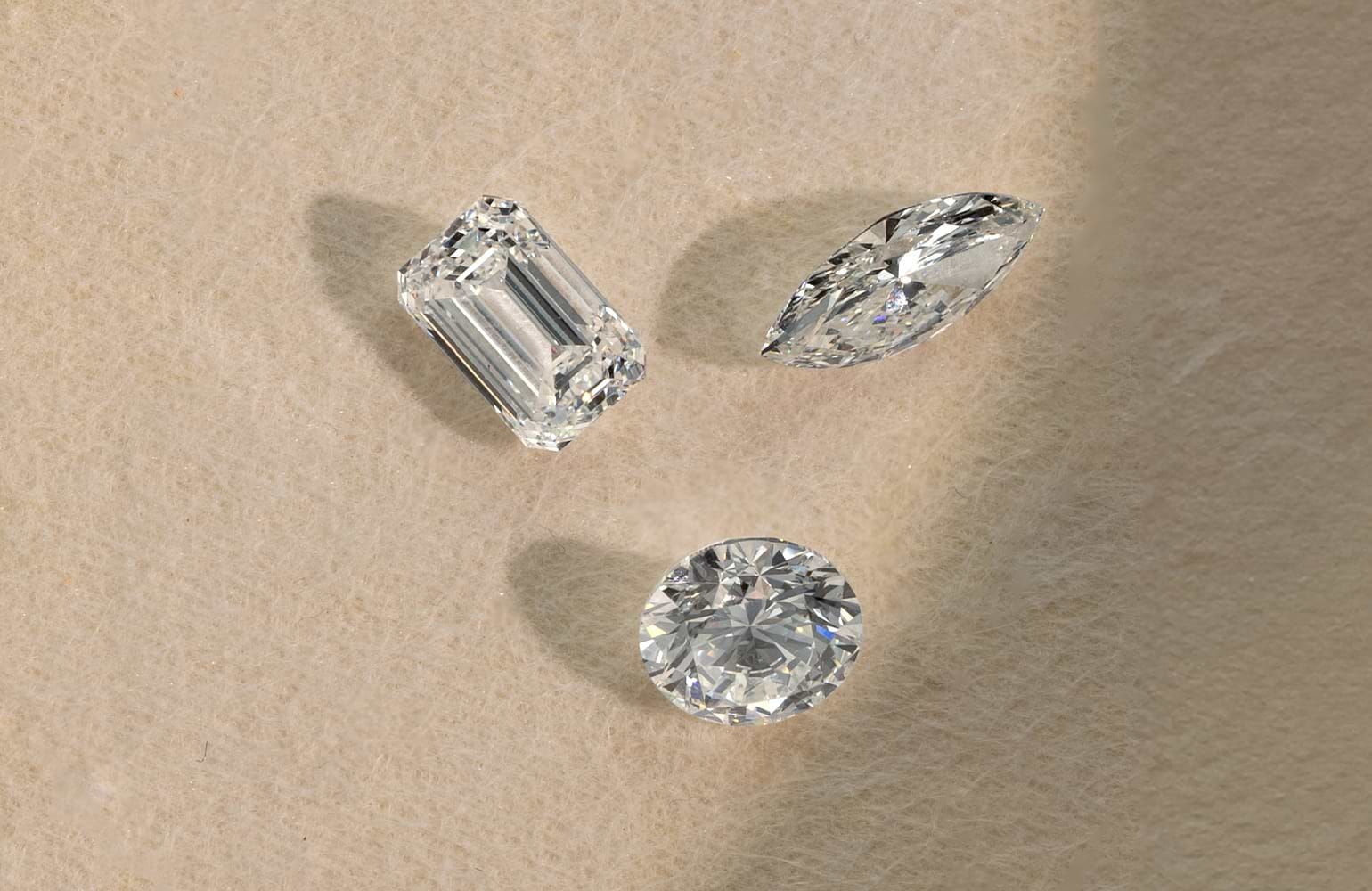Presentation
In the domain of present day gems, lab diamond substitutes and lab grown diamonds have arisen as huge players. As we advance in innovation and maintainability, understanding these terms and their differentiations becomes essential. This guide expects to give a top to bottom examination of these two kinds of diamonds, assisting you with settling on informed choices whether you are a buyer, gem specialist, or basically inquisitive about these developments.
What Are Lab Diamond Substitutes?
Lab diamond substitutes are materials intended to copy the presence of authentic diamonds yet are not diamonds by their own doing. These substitutes frequently act as reasonable options for the people who value the vibe of diamonds however wish to stay away from the expense or moral worries related with regular diamonds.
Sorts of Lab Diamond Substitutes
Moissanite: Found by Henri Moissan in 1893, moissanite is a silicon carbide gem. It flaunts a brightness that can match that of diamonds because of its high refractive list. Moissanite isn’t just more reasonable yet in addition unimaginably tough, going with it a well known decision among buyers.
Cubic Zirconia (CZ): CZ is a manufactured gem produced using zirconium dioxide. Despite the fact that it is a lot less expensive than diamonds and can be created in different varieties, CZ is less strong and inclined to scratching over the long run.
White Sapphire: A characteristic gemstone, white sapphire is a corundum precious stone that can look like a diamond’s clearness and variety. Notwithstanding, it misses the mark on brightness of diamonds and can be less solid contrasted with lab-grown diamonds.
Understanding Lab Grown Diamonds
Lab grown diamonds, otherwise called engineered diamonds or refined diamonds, are genuine diamonds delivered in a controlled climate as opposed to mined from the earth. They have a similar physical, compound, and optical properties as normal diamonds, making them essentially undefined from their mined partners.
How Lab Grown Diamonds Are Made
High Strain High Temperature (HPHT): This strategy impersonates the outrageous circumstances under which normal diamonds structure. A little diamond seed is set in a chamber with carbon and exposed to high tension and temperature, bringing about the development of a diamond precious stone.
Synthetic Fume Testimony (CVD): In this cycle, a carbon-rich gas is ionized in a vacuum chamber to make a plasma. The carbon iotas then, at that point, store onto a diamond seed, growing a diamond precious stone layer by layer.
Key Contrasts Between Lab Diamond Substitutes and Lab Grown Diamonds
1. Legitimacy
Lab Grown Diamonds: Lab grown diamonds are genuine diamonds. They have similar physical and compound properties as regular diamonds and are reviewed utilizing similar standards: the Four Cs (Carat, Cut, Variety, Clearness).
Lab Diamond Substitutes: These are not genuine diamonds. Despite the fact that they might look like diamonds, they vary in their structure and actual properties. For instance, moissanite has an alternate refractive record contrasted with diamonds, bringing about an unmistakable shimmer.
2. Cost
Lab Grown Diamonds: Regularly valued 20-40% lower than normal diamonds, lab grown diamonds offer a practical choice without settling for less on quality. They are much of the time picked for their equilibrium between reasonableness and genuineness.
Lab Diamond Substitutes: By and large a lot less expensive than both lab grown and regular diamonds. The expense fluctuates relying upon the material. Moissanite and CZ are more financial plan agreeable, while white sapphires can be somewhat more costly yet at the same time less expensive than lab grown diamonds.
3. Solidness
Lab Grown Diamonds: With similar hardness as normal diamonds (10 on the Mohs scale), lab grown diamonds are very solid and reasonable for ordinary wear.
Lab Diamond Substitutes: The toughness of substitutes differs. For example, moissanite is entirely tough however not so hard as diamonds. CZ, being less sturdy, is more inclined to scratches and wear over the long haul. White sapphires are sturdy yet can be inclined to scratches and may require ordinary support.
4. Moral Contemplations
Lab Grown Diamonds: One of the critical benefits of lab grown diamonds is their moral and natural advantages. They are created with insignificant natural effect and don’t include mining, which can be related with different moral issues.
Lab Diamond Substitutes: While frequently more reasonable and harmless to the ecosystem contrasted with mined diamonds, substitutes don’t offer similar moral confirmations as lab grown diamonds. Their creation processes fluctuate and may include various degrees of ecological effect.
Picking Between Lab Diamond Substitutes and Lab Grown Diamonds
Variables to Consider
Spending plan: In the event that you are searching for a more reasonable choice and wouldn’t fret not having a genuine diamond, lab diamond substitutes like moissanite or CZ may be appropriate.
Realness: For the people who need a certified diamond however at a lower cost than mined diamonds, lab grown diamonds are the most ideal decision. They offer the legitimacy and nature of normal diamonds without the related expenses.
Morals: In the event that moral contemplations are vital to you, lab grown diamonds give a manageable and moral option in contrast to regular diamonds.
Strength: On the off chance that toughness is vital, lab grown diamonds are predominant. For substitutes, moissanite offers better solidness contrasted with CZ and white sapphires.
End
While picking between lab diamond substitutes and lab grown diamonds, it is fundamental to gauge factors like realness, cost, strength, and moral contemplations. Lab grown diamonds stand apart for their legitimacy, moral advantages, and strength, pursuing them a convincing decision for some shoppers. Then again, lab diamond substitutes can offer a spending plan well disposed elective for those looking for a diamond-like appearance without the expense or moral worries of mined diamonds.
By understanding these distinctions and contemplations, you can pursue a very much educated choice that lines up with your inclinations and values. Whether you pick lab grown diamonds for their validness or lab diamond substitutes for their moderateness, the two choices give special advantages in the developing universe of adornments.








